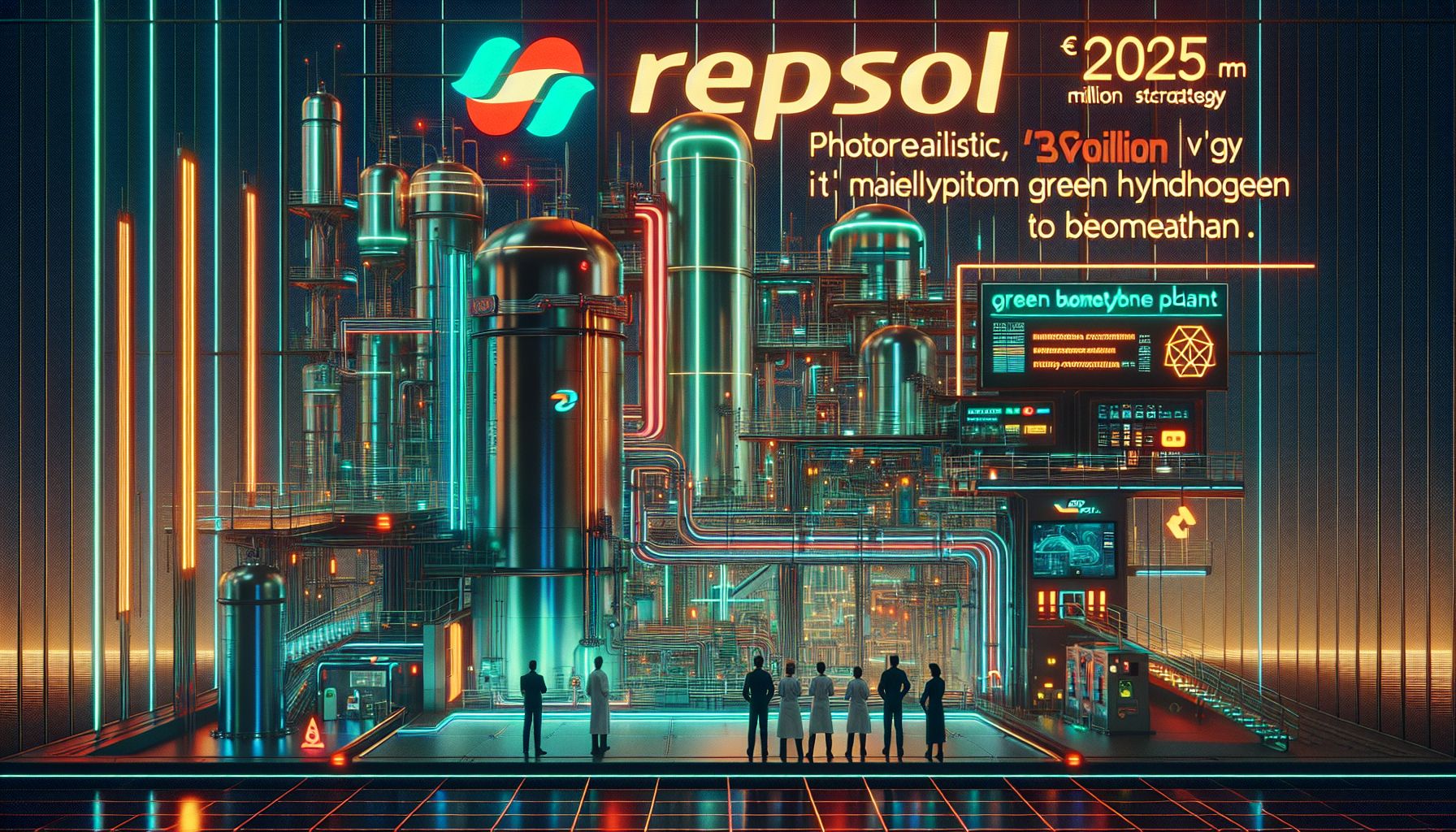Repsol's Bold Shift: Biomethane Takes Centre Stage in Hydrogen Strategy

Madrid, Monday, 22 September 2025.
Repsol’s 2025 strategy pivots from green hydrogen to biomethane, investing €16 million in a new plant. This shift reflects a pragmatic approach, balancing sustainability with economic pressures.
Repsol’s Strategic Shift to Biomethane
In a bold move, Repsol has shifted its hydrogen strategy away from the green hydrogen hype to focus on biomethane, investing €16 million in a new plant at Puertollano [1]. This pivot highlights how companies are adapting to economic realities and environmental needs.
Why Biomethane?
Biomethane offers Repsol an immediate, cost-effective way to decarbonise its refineries. The decision to invest in biomethane is driven by its practicality and the regulatory support from Spain’s ‘Hydrogen Valleys’ initiative [1]. It’s like trading a sports car for a reliable sedan—less glamorous but gets you where you need to go efficiently.
Cutting Back on Green Hydrogen
Repsol has reduced its 2030 green hydrogen target by 63%, now aiming for 0.7-1.2 GW instead of the previous 1.9 GW. This change is due to market development delays and economic challenges [1]. The company even cancelled a 200 MW project in Puertollano as part of this strategy [1].
The Dual-Track Approach
Repsol’s new strategy involves a dual-track approach: advancing select green hydrogen initiatives while ramping up biomethane projects. For instance, the 350 MW of promising green hydrogen projects under the ‘Hydrogen Valleys’ program will continue [1]. It’s a bit like juggling—you keep only the balls you can handle in the air.
Implications for Investors
For investors, this shift signals a more pragmatic, project-by-project execution. Repsol’s strategy is now closely tied to public funding, which helps mitigate risks in these capital-intensive ventures [1]. It’s a clear message: Repsol is in it for the long haul, focusing on what’s feasible today to secure tomorrow.